
Award Win! Domestic Design Project of the Year 2023 at the Pro Landscaper Sustainability & Biodiversity Awards.
We are thrilled to share we have won Best Residential Design Project at the inaugural Sustainability & Biodiversity Awards 2023.
Meadow View Wildlife Garden is the reimagining of a neglected woodland and field to become a garden of discovery, close The judges said: “This is a holistic approach to sustainability, HollandGreen showed due consideration to materials, plant choices and on-site management of waste. This is a showcase of sustainable design.”
Here we share the garden’s journey – from the kernel of the design concept to the transformation into the wildlife haven it has become today.
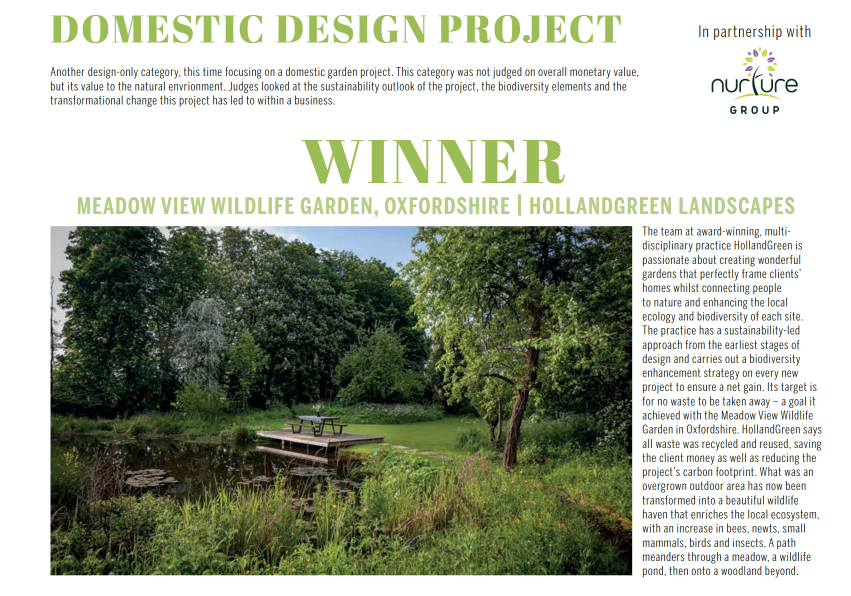

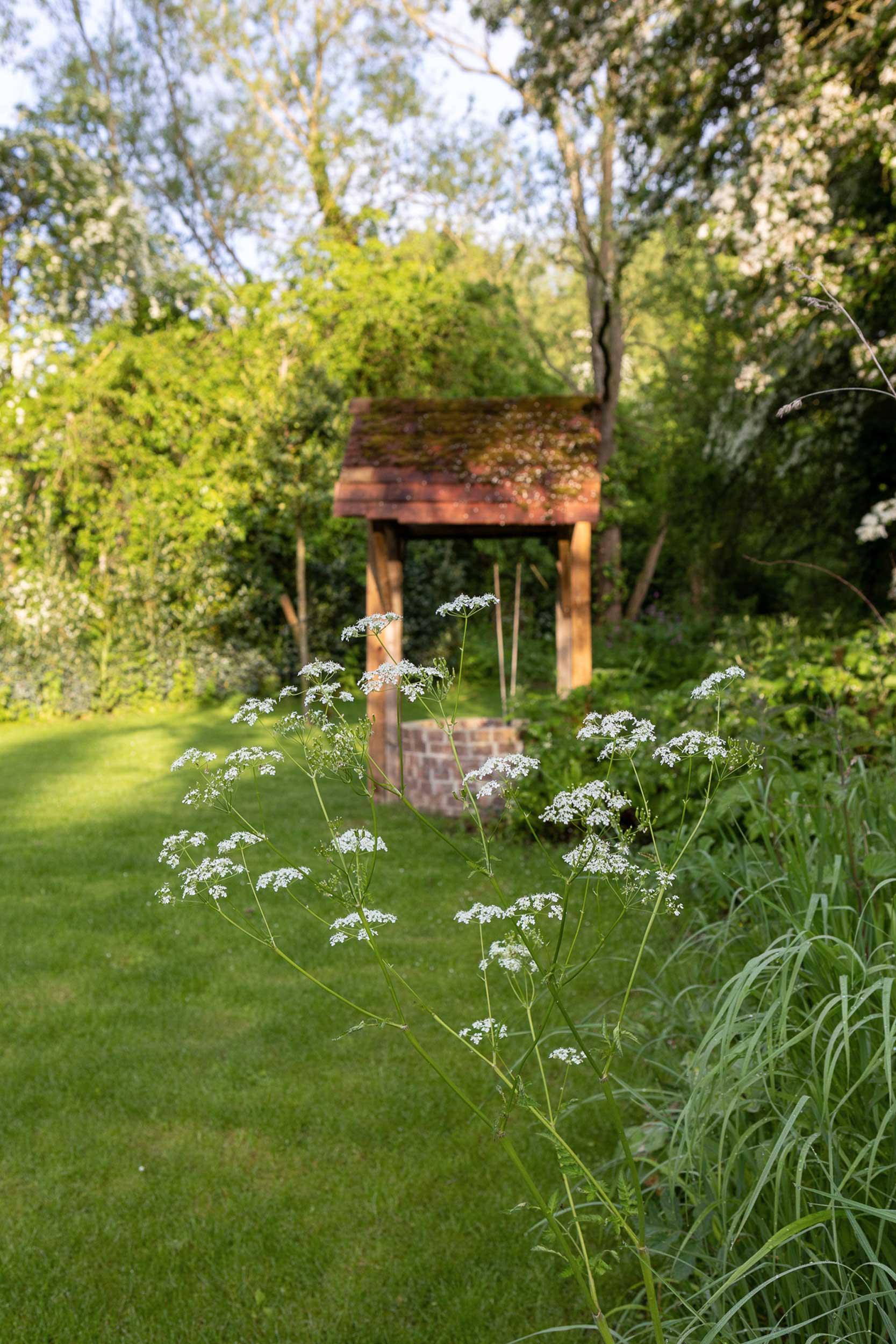
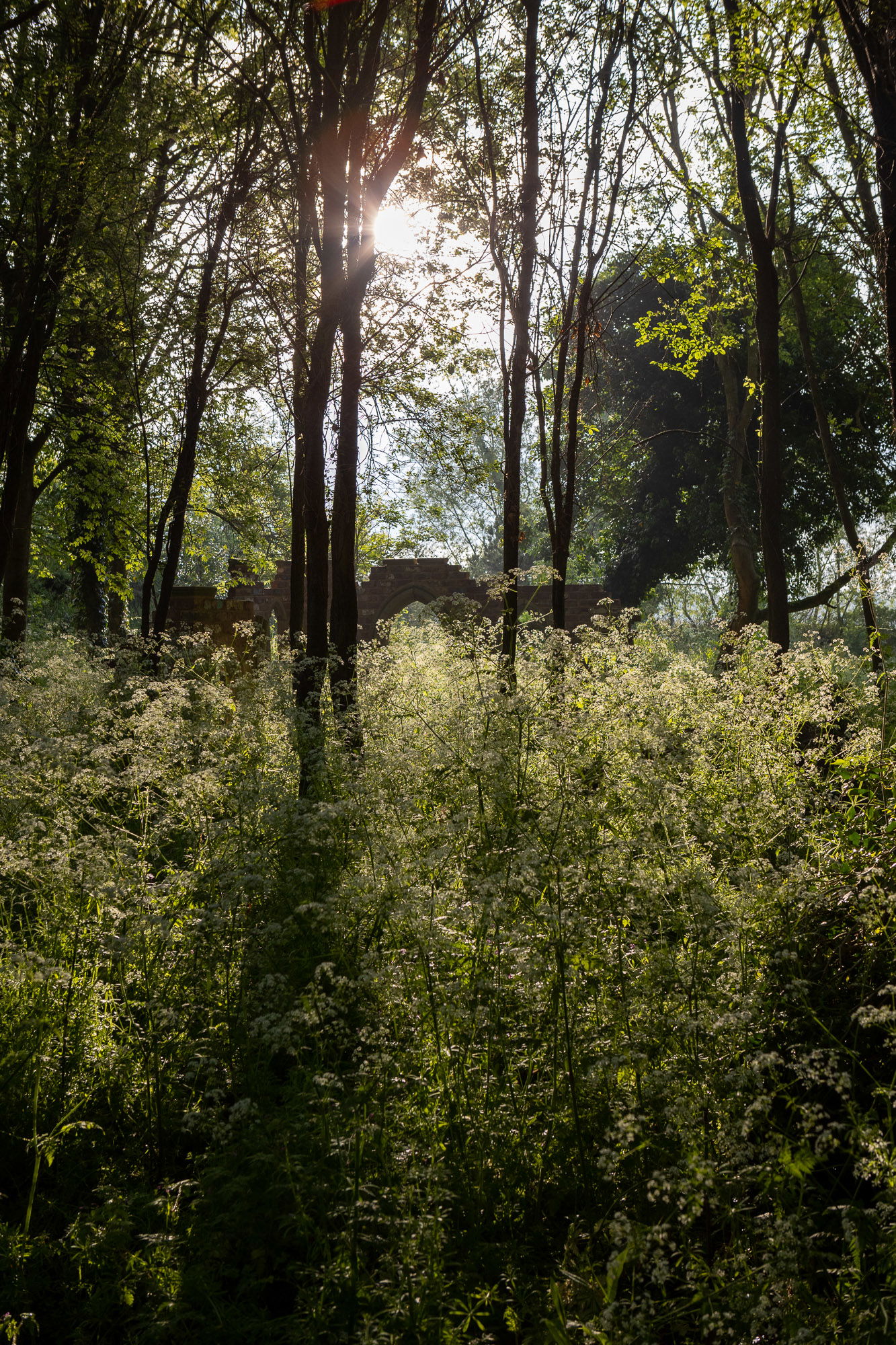
The Brief.
Our clients wanted to revitalise a small wood and untamed field they had acquired at the bottom of their garden. They were keen to create a wildlife haven led by a biodiversity design, creating a tranquil space for themselves, friends and family to enjoy.
We were thrilled to devise the scheme, designing a meadow, meandering paths through the woodland, and a natural wildlife pond transformed from an uncovered old clay pit.
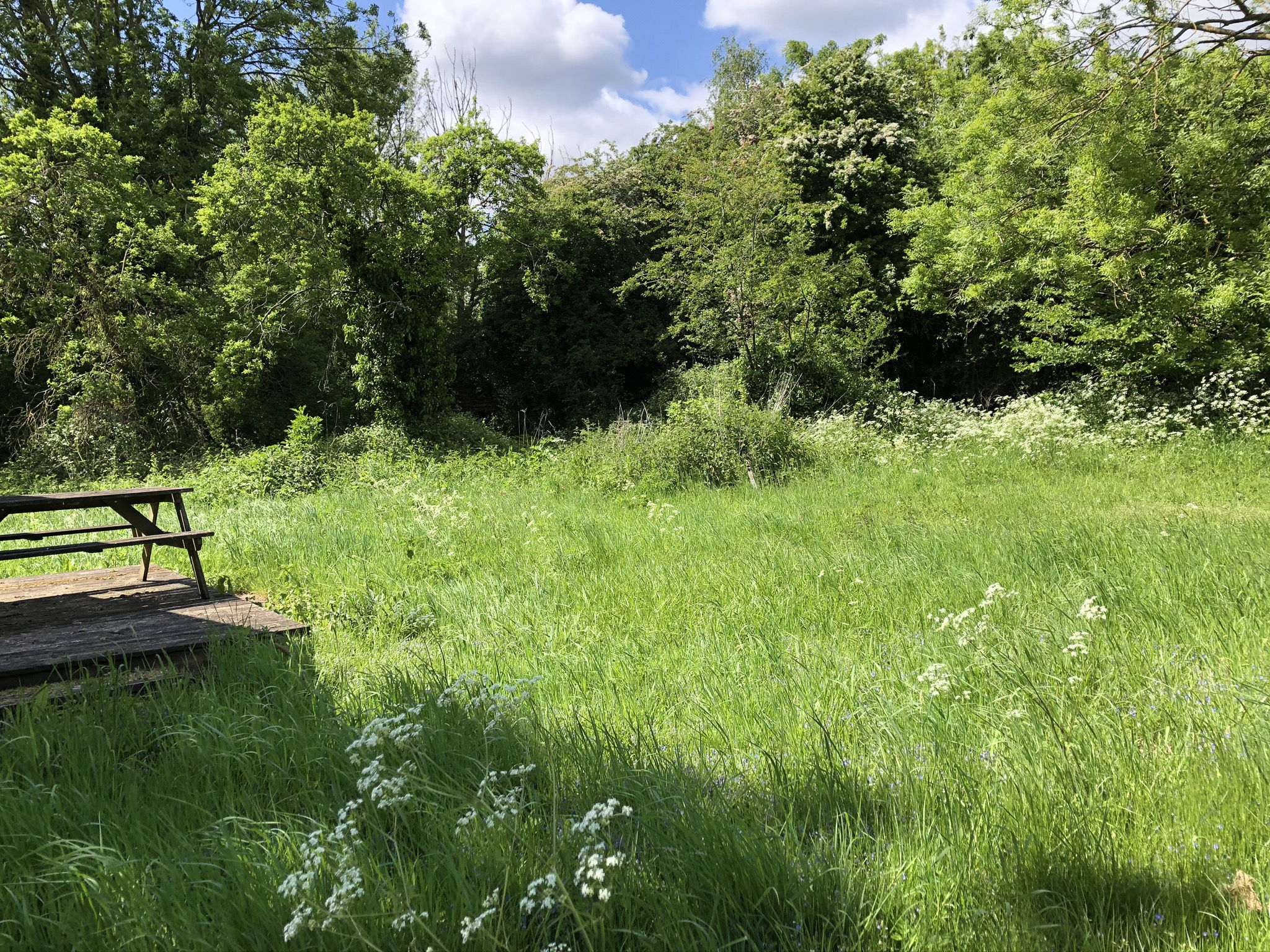
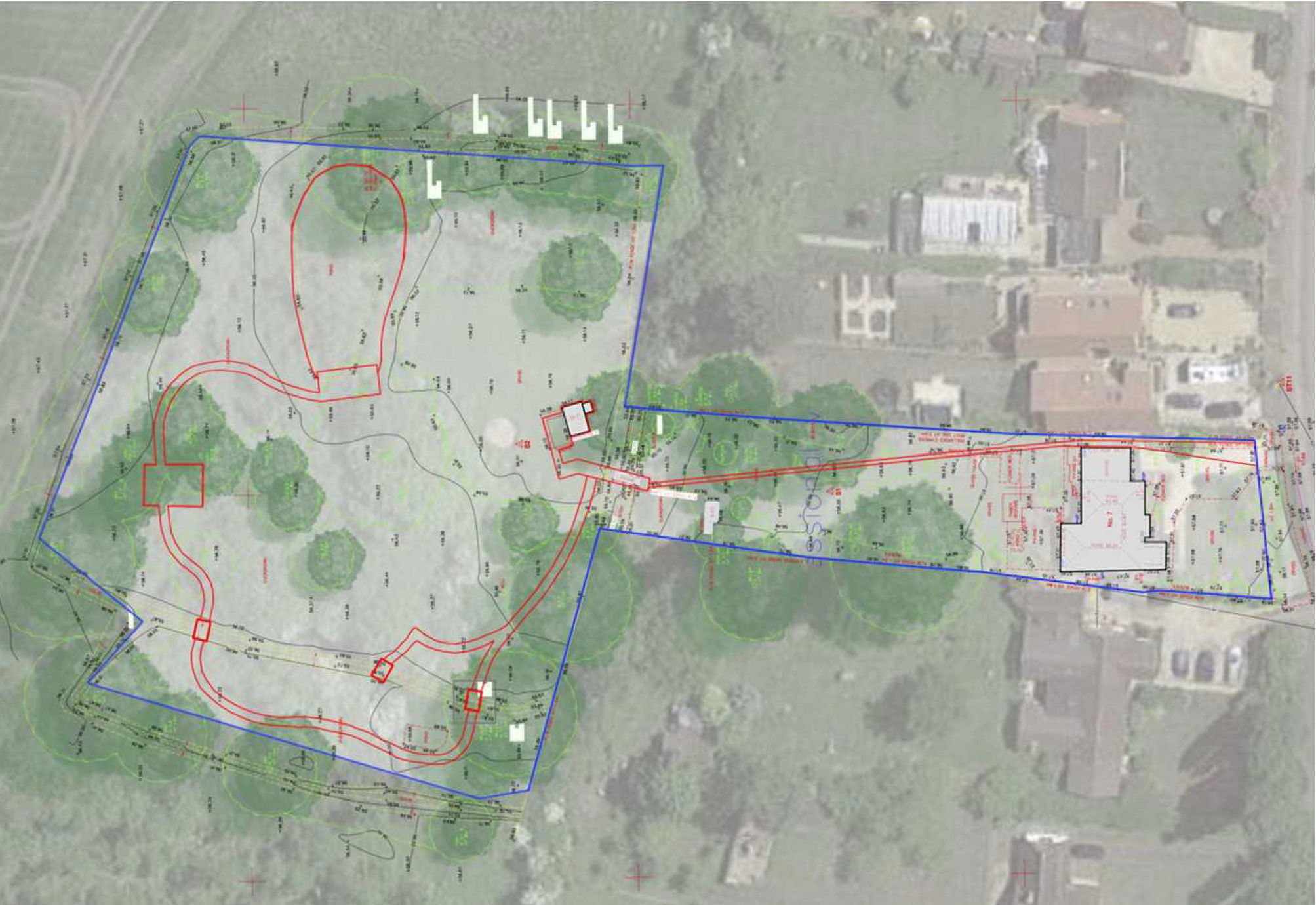
The Design Approach to Biodiversity.
We adopted a sustainable-led approach from the earliest stages of design – from our initial hand-drawn concept sketches to our analysis and consideration of the most positive impacts on the biodiversity of the site, as well as the systems and materials to employ and how we would manage the build and planting. Working with Natural England and a team of Ecologists throughout the design and build, the garden was created to not only protect but also enhance habitats for wildlife, including Great Crested Newts which are a protected species in the UK.
The Planting Design.
The water table becomes high in the area in the winter, so specific plants and trees were selected for their suitability, and others were planted on higher ground. Our planting schemes reflected local species, which also allowed us to consider local wildlife habitats across the seasons.
Our overarching goal was to work with – and enhance – the existing site and its ecosystem, rather than impose an unsuitable design on it. We carried out extensive research both in-house and with a team of external consultants to build an overall picture of the site and its seasonal cycles, which aided our decision making. Being a wildlife garden, it was important that it was designed and built to enhance the environmental performance going forward.

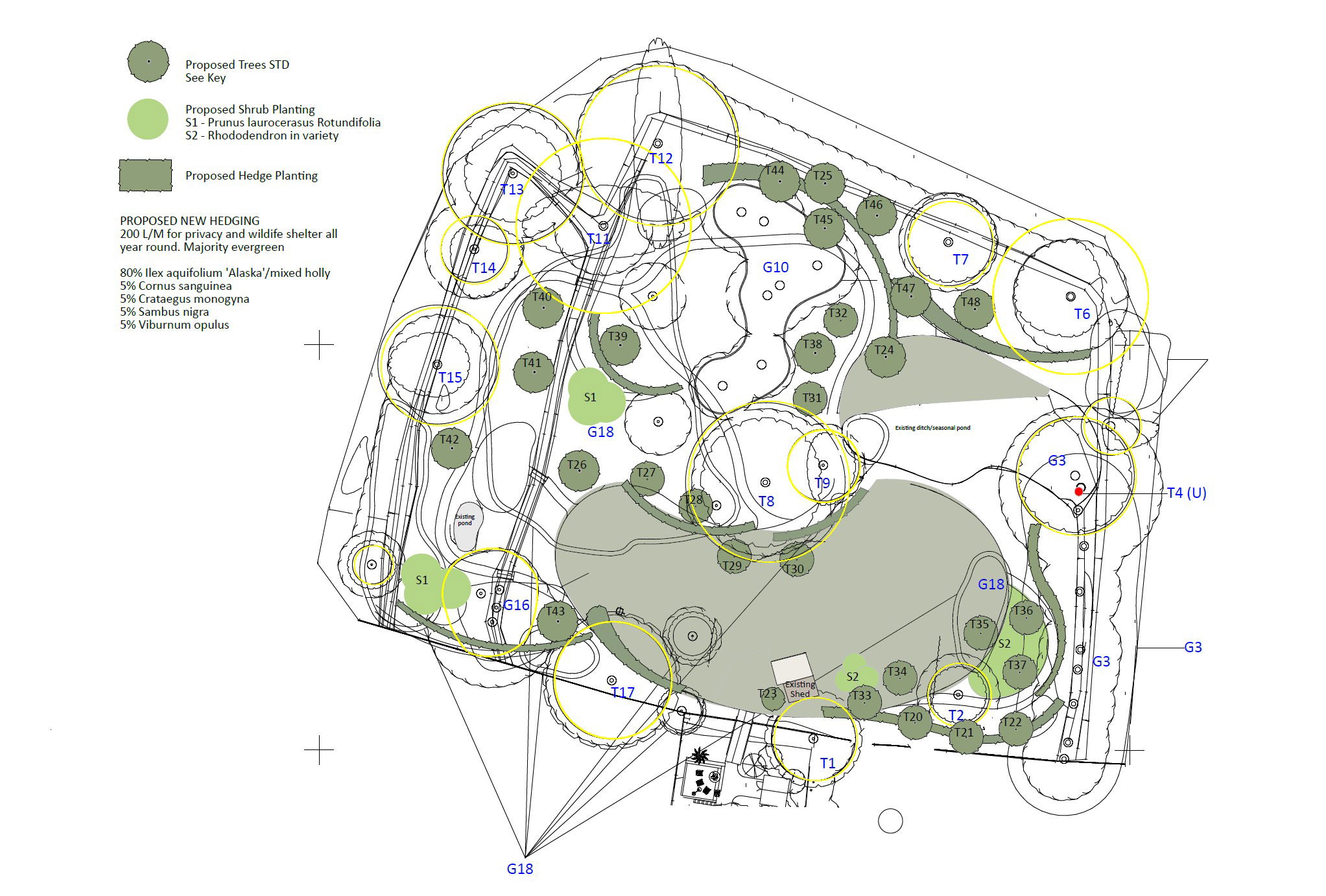
Working to Planning and Conservation Regulations.
The site is in the greenbelt and our designs were purposefully sympathetic to the local landscape, gaining approval from Natural England. Planning was challenging due to site complexities, on top of which the project was commissioned during the Covid pandemic. A local farmer granted access through his field to access the site in the least environmentally disruptive way, with tracks laid to minimise damage. We asked Woodland Trust to visit during the build to certify that our processes were carried out in as ecological way as possible, with only some minor design changes made to the woodland paths routes to work within the setting.
Moments of Discovery.
As well as the disused old clay pit found, the remnants of an old cottage were uncovered and incorporated into our design during the research phase. The ruins of the cottage were reimagined, and a gothic folly was installed to breathe life into to the garden’s story, creating a whimsical and magical setting as the ruins are discovered when exploring the garden.
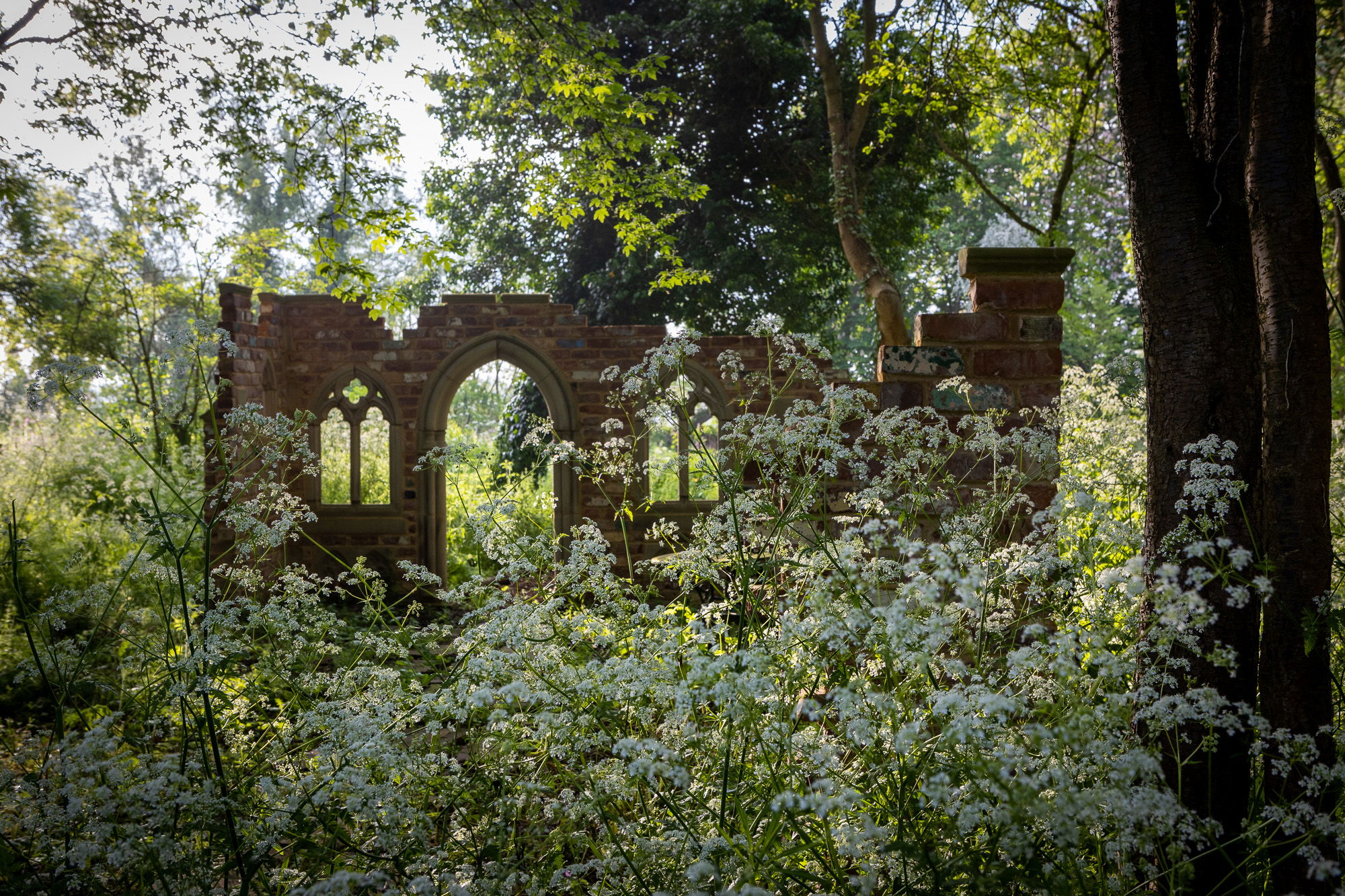
Designing for Wildlife.
Digs outs from forming the pond were reused to create hibernaculas for reptiles and amphibians. Dead or fallen trees were felled and used to create decorative log piles, stumperies and edging for woodland paths as well as wildlife habitats. Large areas of cow parsley and nettles were protected to celebrate the garden’s existing natural beauty and biodiversity, and cut offs from turf were added to the log piles, creating small environments which ants and woodlice particularly love.
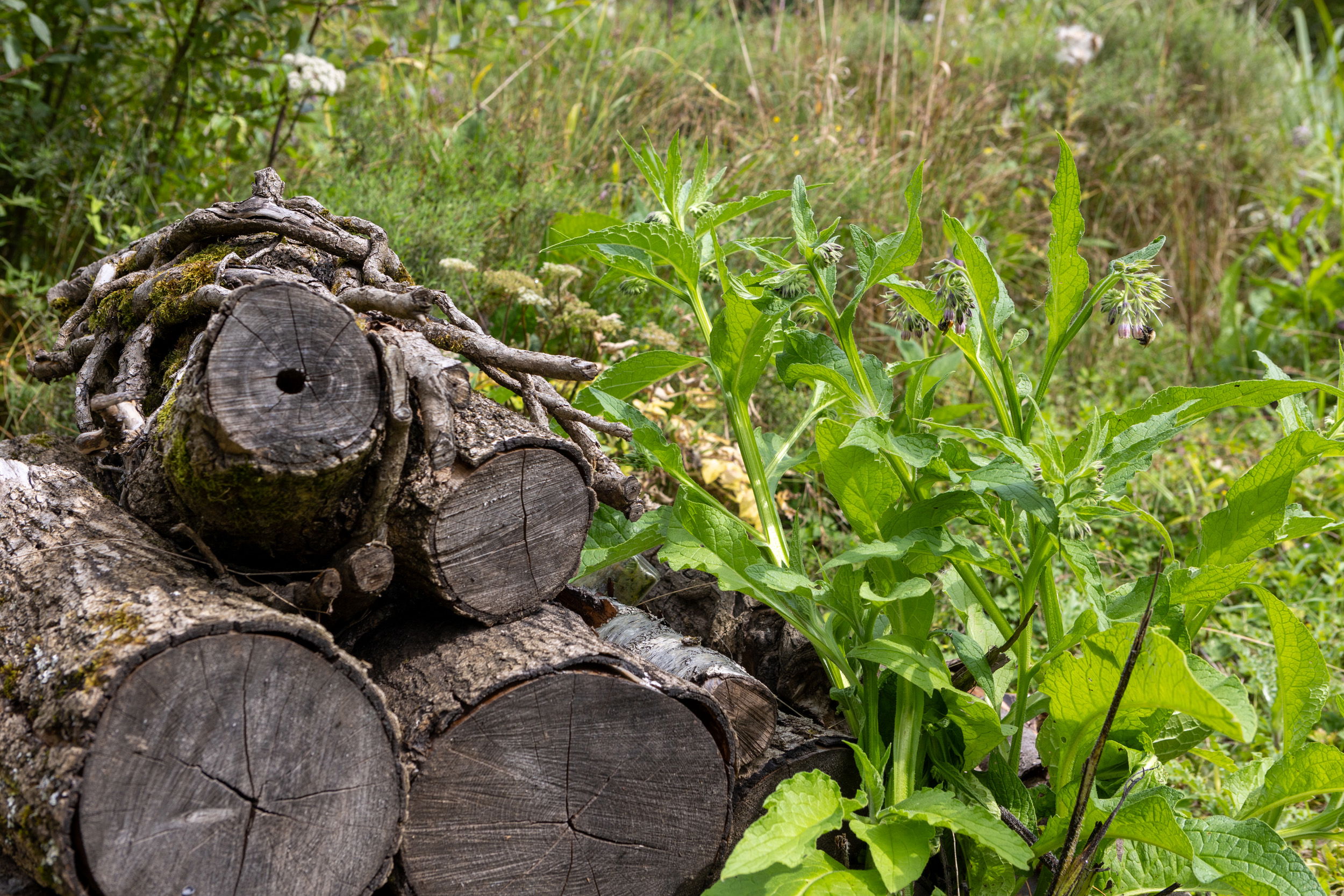
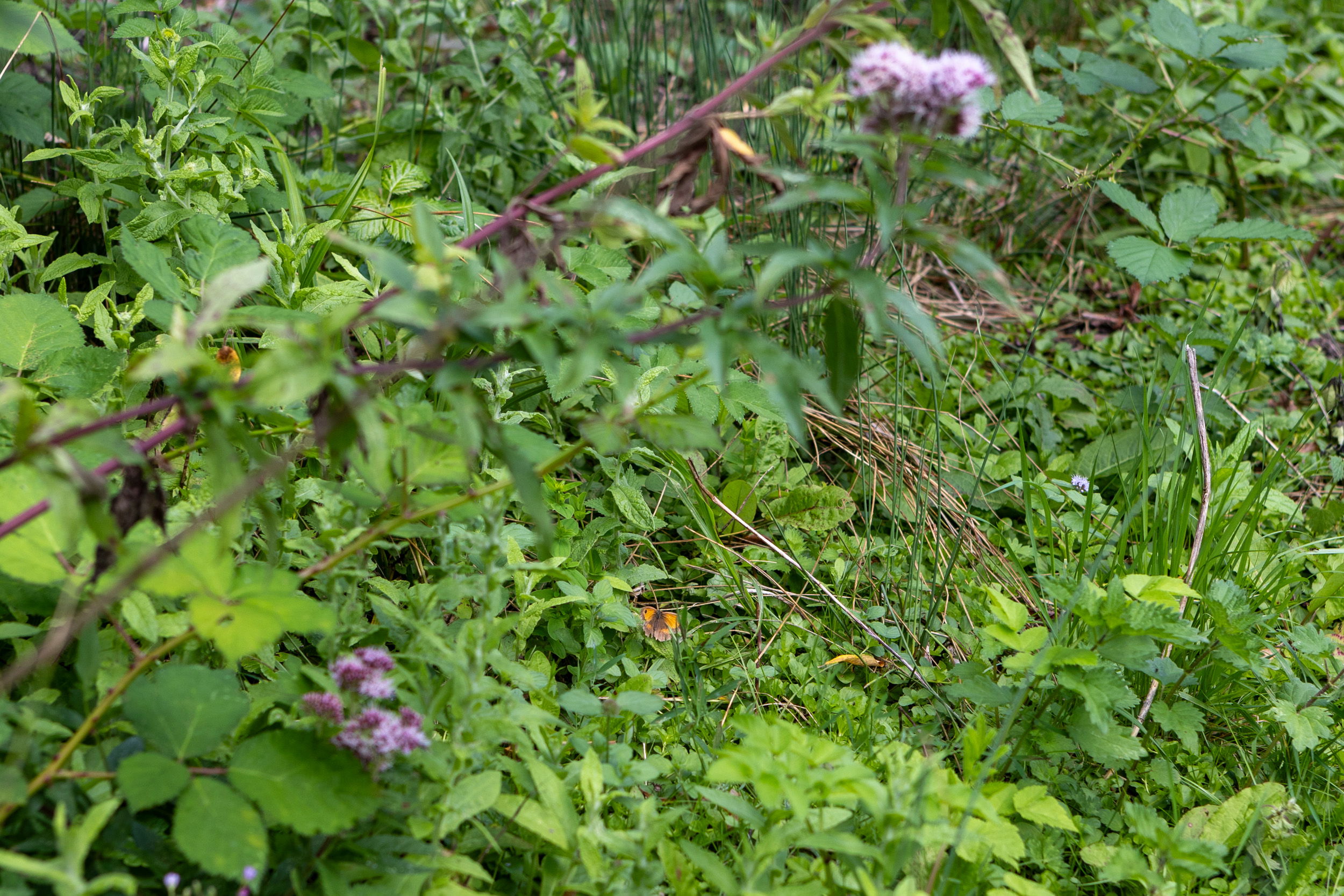
The Build and our No Waste Policy.
We brought together a skilled team of partners and suppliers, all who shared our values and approach to a sustainable design and build. This included signing up to our biodiversity enhancement strategy for a net gain, using only locally sourced materials.
Our ‘no waste away’ policy meant all excavated material and top soil was kept and re-used. Other materials were either recycled or reused and this gave our clients a financial saving too. The sustainability gain – from the reduction in carbon foot print (no lorries used to remove waste) to the biodiversity gain from re-using all timber, silt and soil to create wildlife habitats – resulted in an end-to-end sustainably-led project.
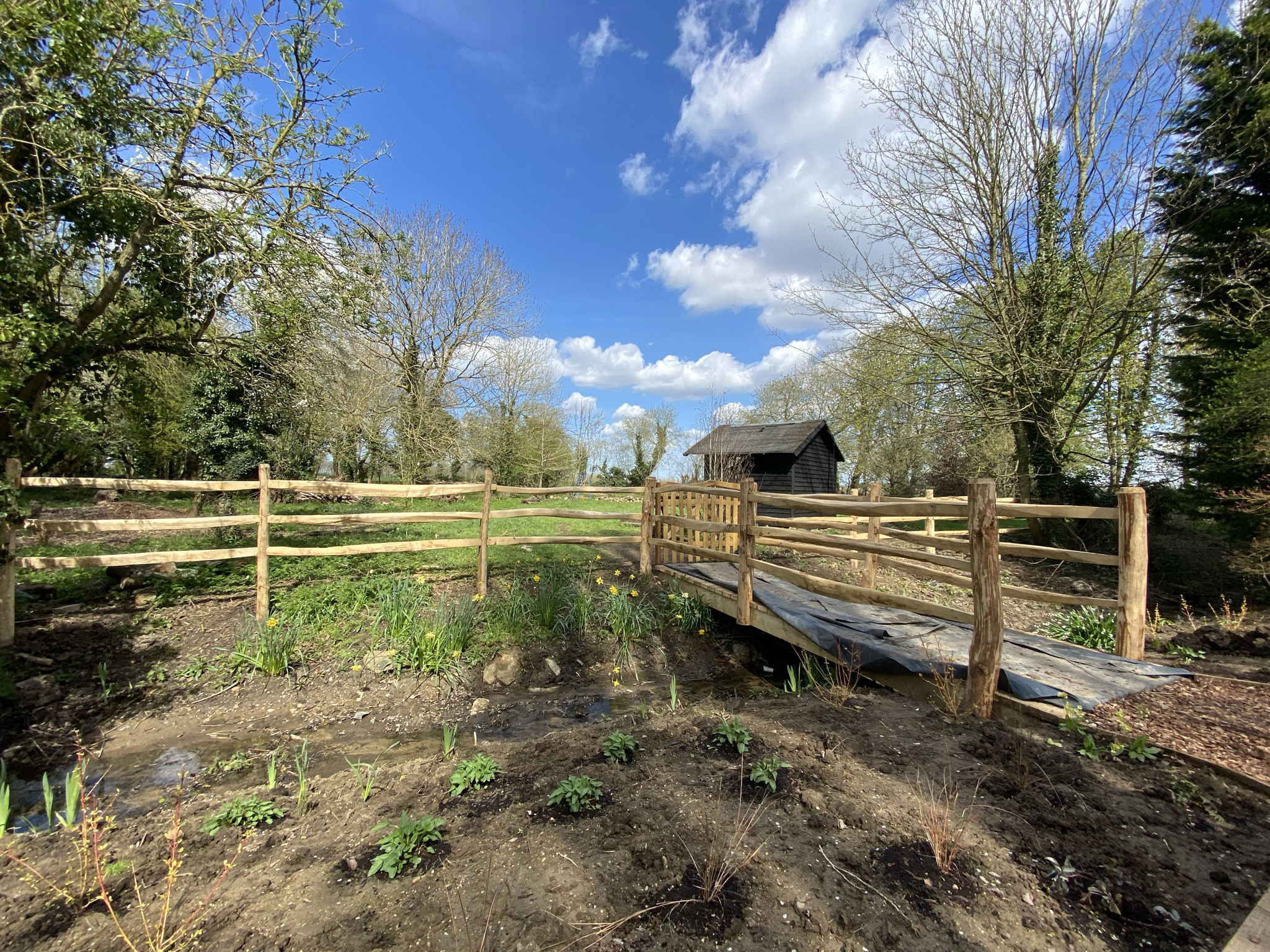
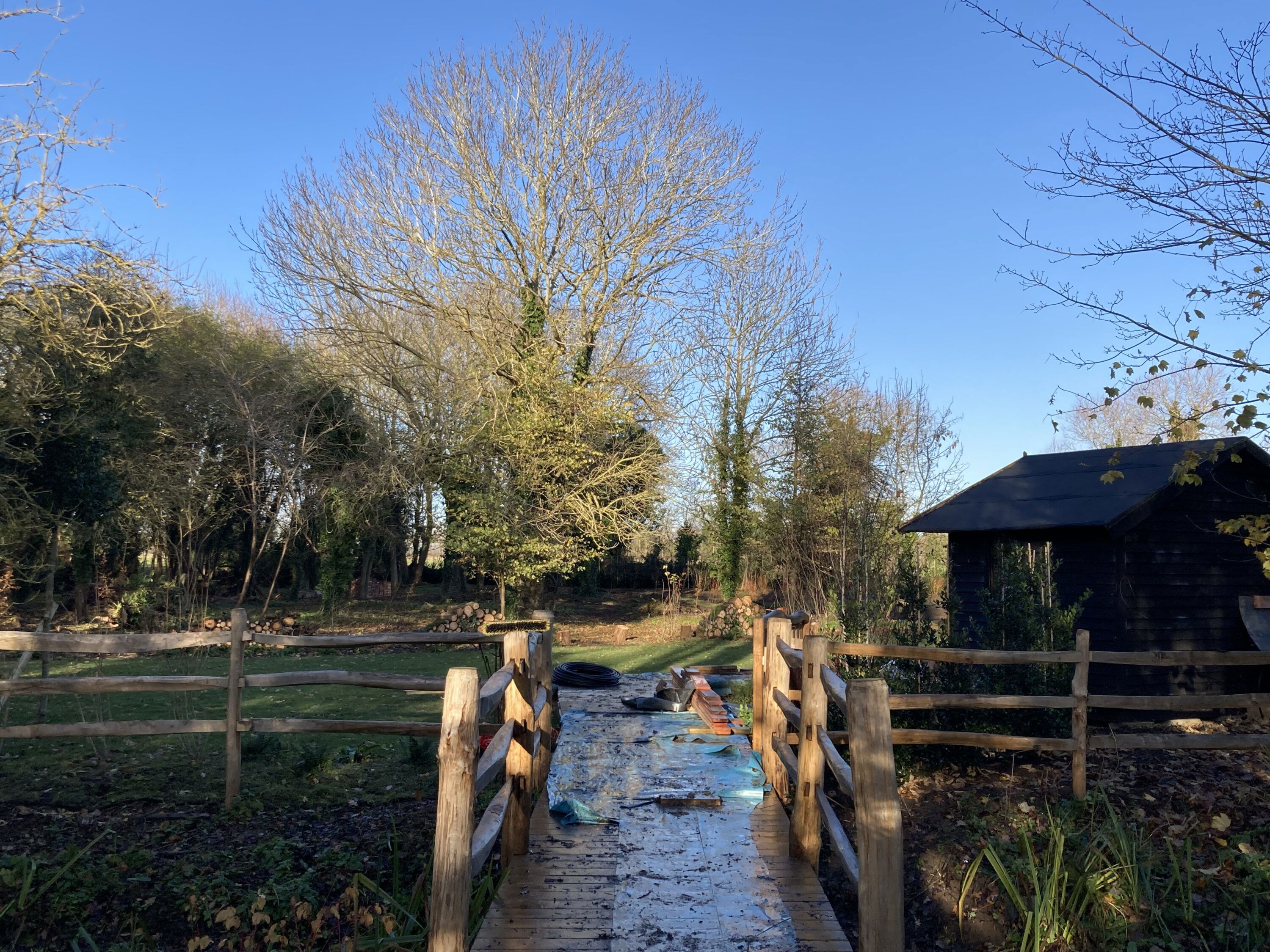
The Final Garden.
The results really are a joy. What was an overgrown wood is now a beautiful wildlife garden that enriches and plays its part in the local ecosystem. The biodiversity improvements witnessed have been immense, and to our absolute pleasure, have exceeded ours and our clients’ shared vision of what could be achieved. The space has become a haven for nature as well as a tranquil space to spend time, with bees, newts, grass snakes, birds, moles, field mice, butterflies, dragonflies, frogs, bats, and deer all taking residence in the garden.
We are so happy to hear our clients say a feeling of absolutely peacefulness and calm overcomes them when they spend in the garden, and time seems to slow down. It’s a garden close to their hearts, and also to ours.
Photography Ellie Walpole.

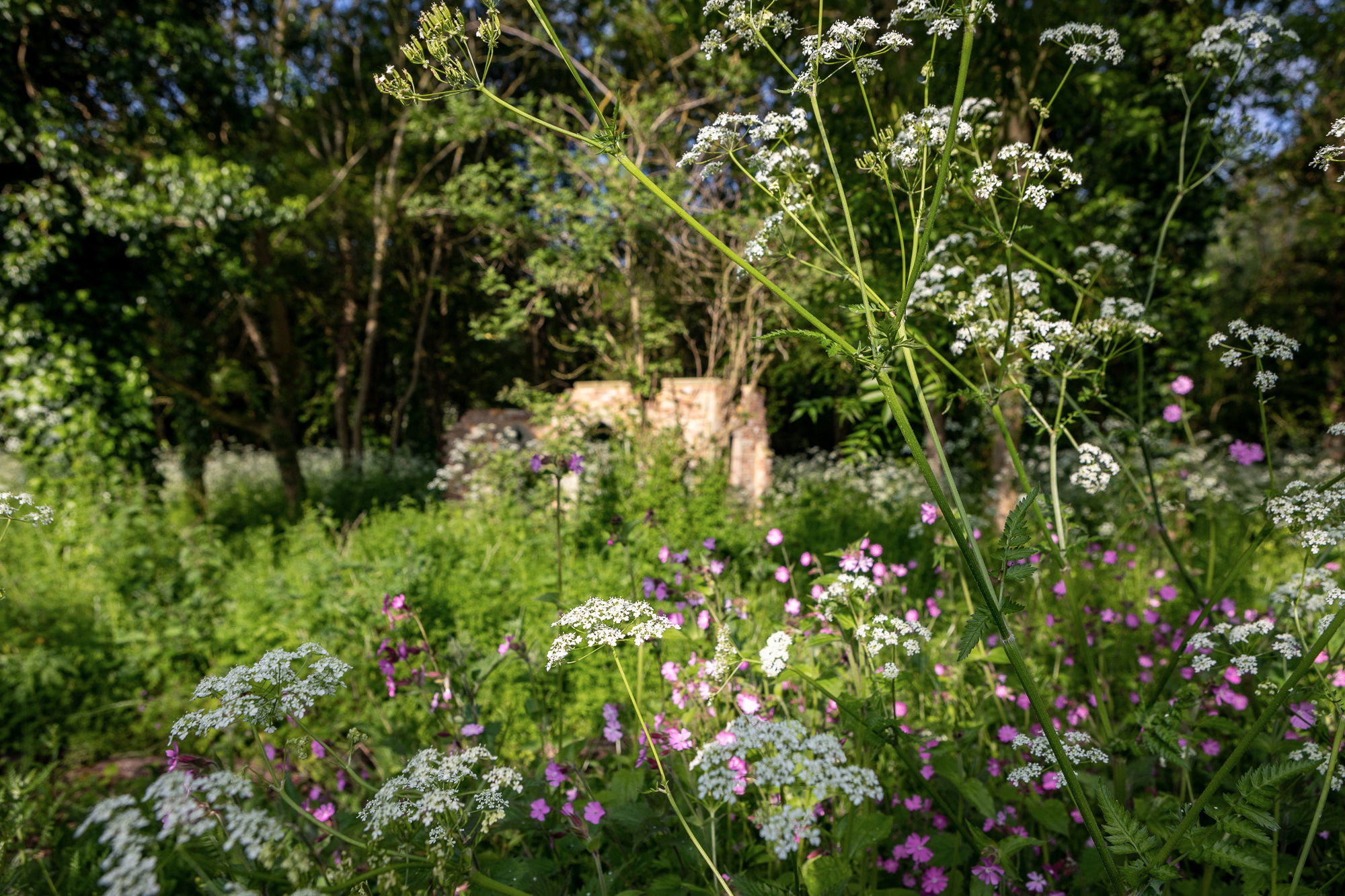
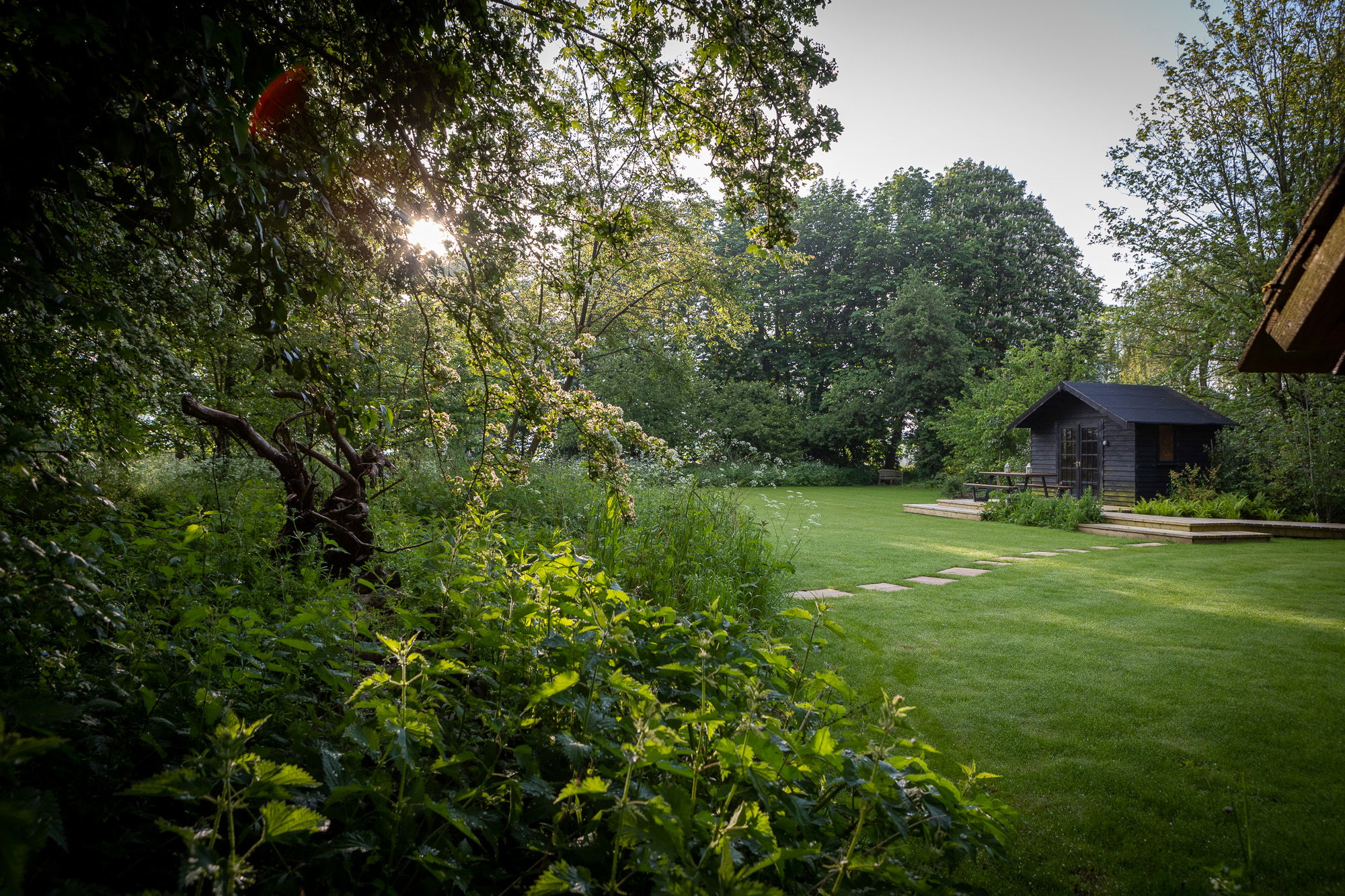

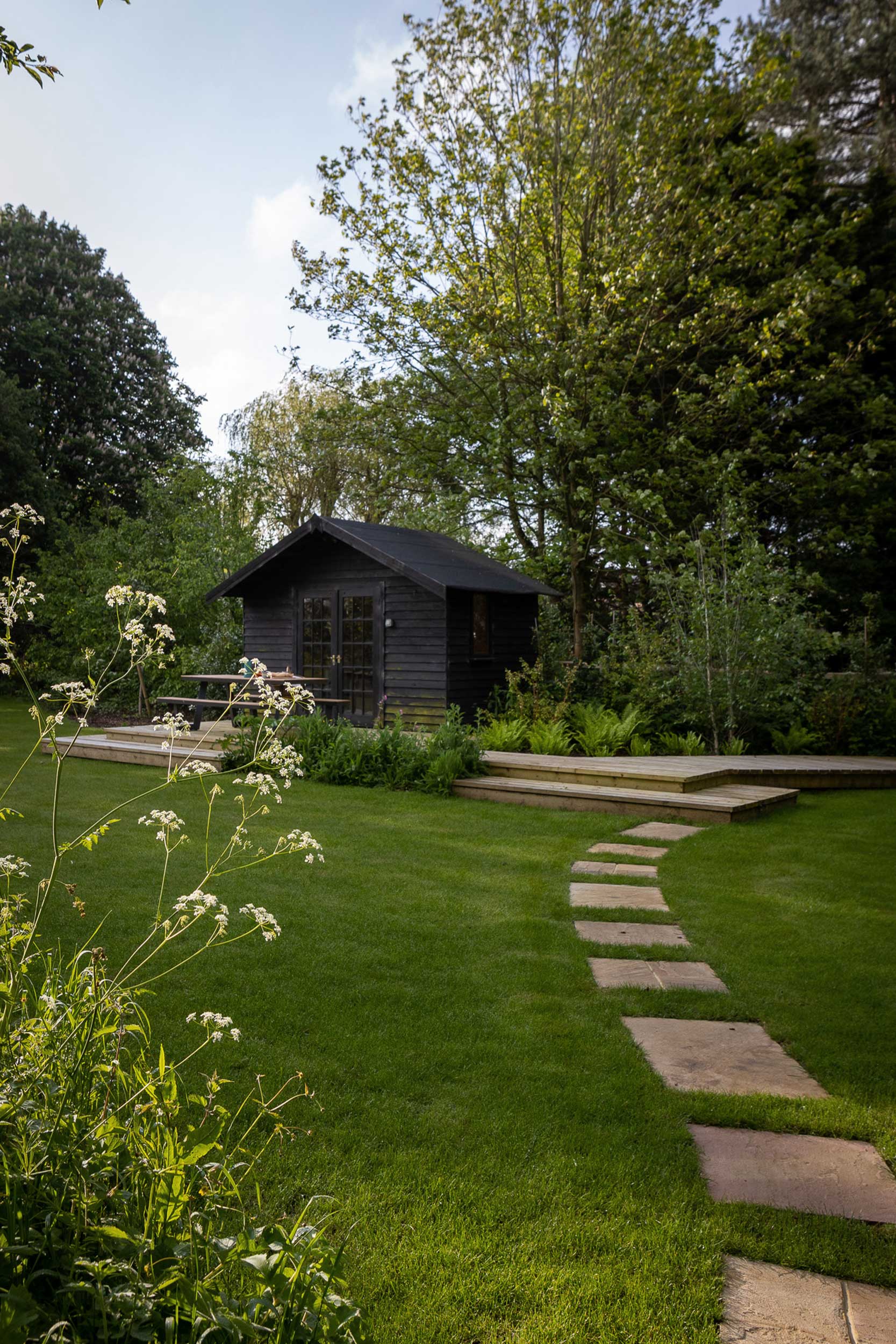
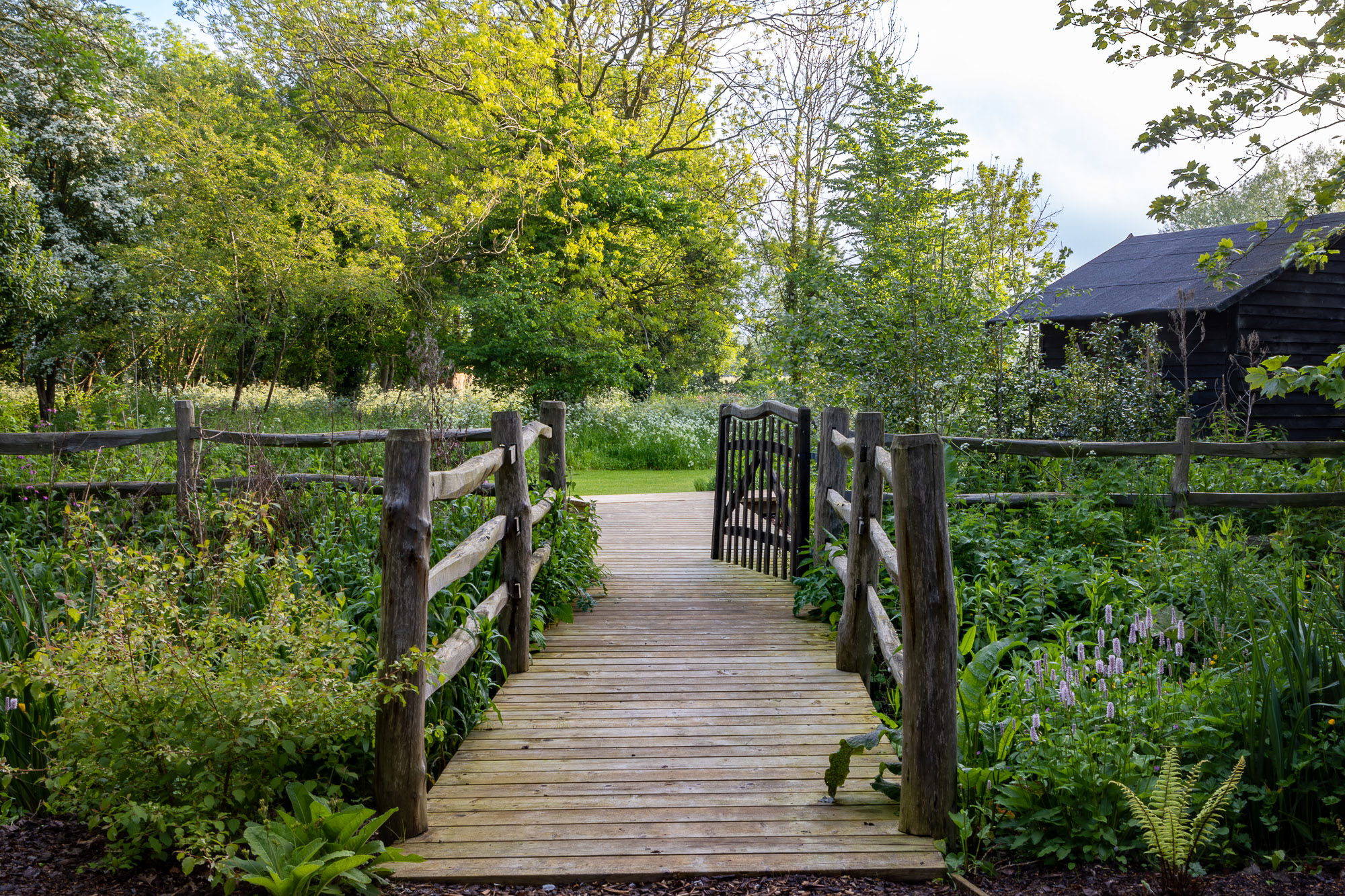
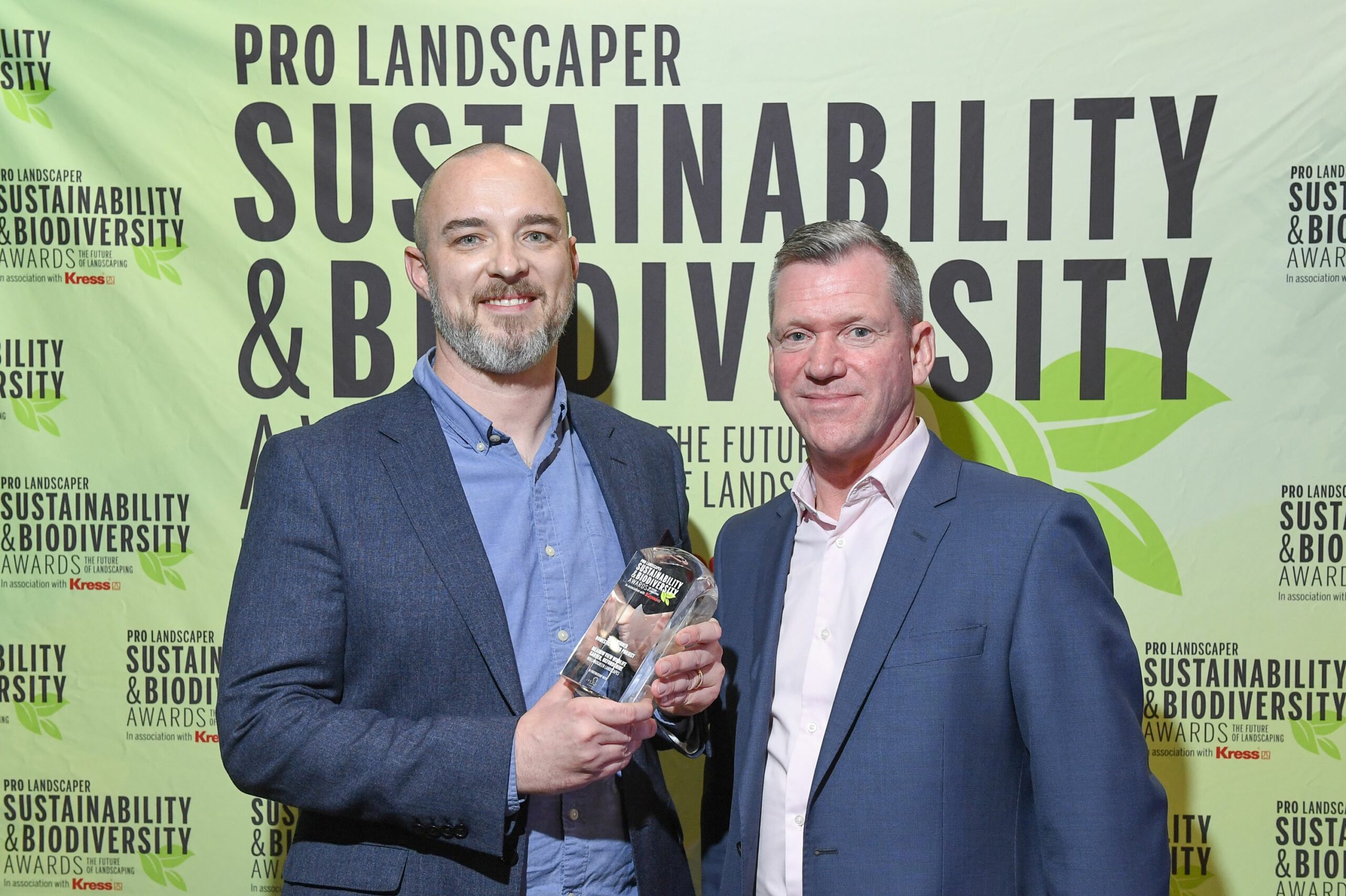
We are also delighted to be one of three Finalists in the prestigious Garden Design Company of the Year category. This recognition is a testament to our commitment to create sustainably-led outdoor spaces that support biodiversity. Read more about our approach.